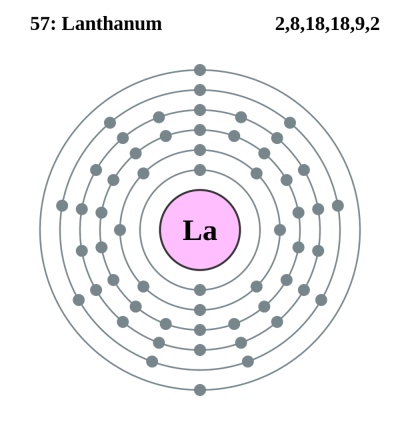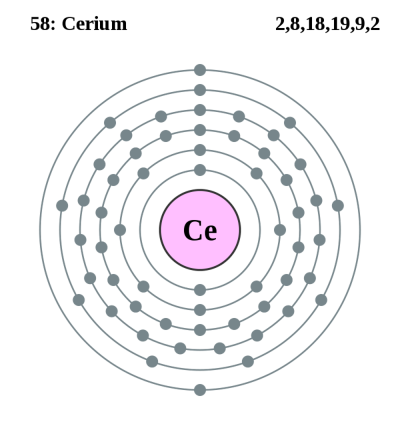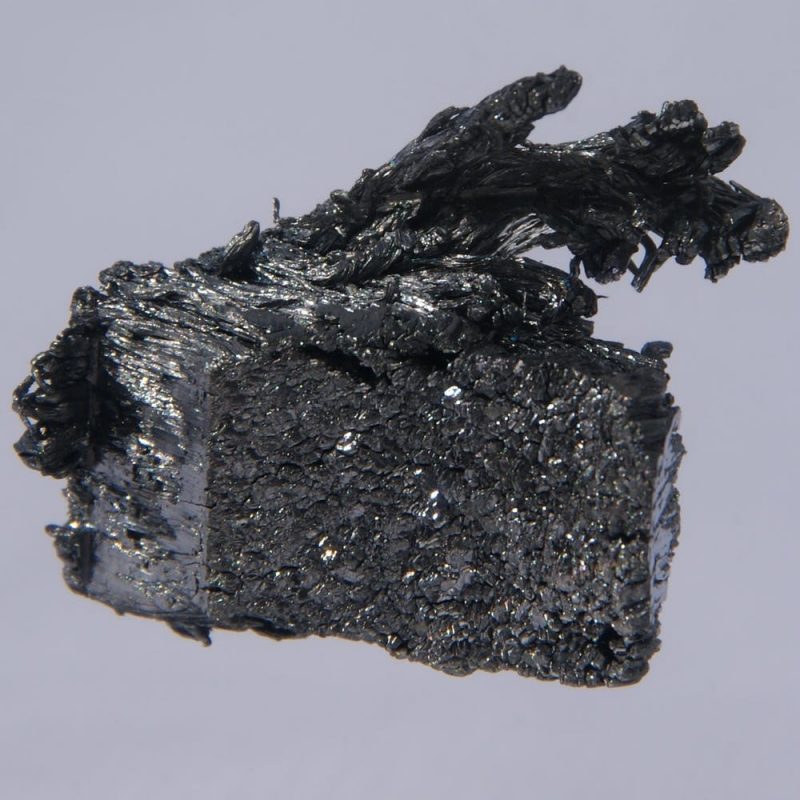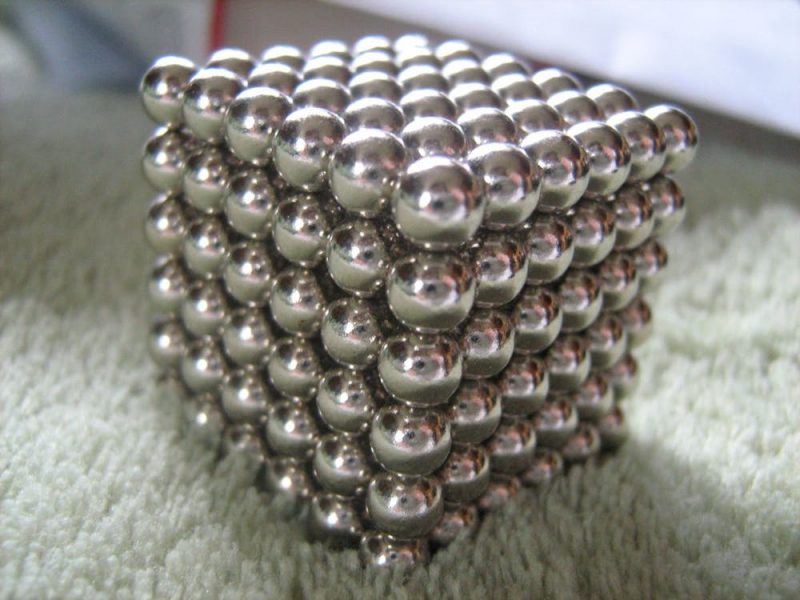Most of us use rare earth elements every day – without knowing it. These little-known and fascinating elements make modern electronics possible.

By Stanley Mertzman, Franklin & Marshall College
Most Americans use rare earth elements every day – without knowing it, or knowing anything about what they do. That could change, as these unusual materials are becoming a focal point in the escalating trade war between the U.S. and China.
Stanley Mertzman, a geologist whose specialty is X-ray analysis of rocks and minerals to determine their chemical composition, and who teaches mineralogy at Franklin & Marshall College, answers four questions about these little-known and fascinating elements – and the modern electronics they make possible.
1. What are rare earth elements?
Strictly speaking, they are elements like others on the periodic table – such as carbon, hydrogen and oxygen – with atomic numbers 57 to 71. There are two others with similar properties that are sometimes grouped with them, but the main rare earth elements are those 15. To make the first one, la, start with a barium atom and add one proton and one electron. Each successive rare earth element adds one more proton and one more electron.



It’s significant that there are 15 rare earth elements: Chemistry students may recall that when electrons are added to an atom, they collect in groups or layers, called orbitals, which are like concentric circles of a target around the bull’s-eye of the nucleus.
The innermost target circle of any atom can contain two electrons; adding a third electron means adding one in the second target circle. That’s where the next seven electrons go, too – after which electrons must go to the third target circle, which can hold 18. The next 18 electrons go into the fourth target circle.
Then things start to get a bit odd. Though there is still room for electrons in the fourth target circle, the next eight electrons go into the fifth target circle. And despite more room in the fifth, the next two electrons after that go into the sixth target circle.
That’s when the atom becomes barium, atomic number 56, and those empty spaces in earlier target circles start to fill. Adding one more electron – to make la, the first in the series of rare earth elements – puts that electron in the fifth circle. Adding another, to make cerium, atomic number 58, adds an electron to the fourth circle. Making the next element, praseodymium, actually moves the newest electron in the fifth circle to the fourth, and adds one more. From there, additional electrons fill up the fourth circle.
In all elements, the electrons in the outermost circle largely influence the element’s chemical properties. Because the rare earths have identical outermost electron configurations, their properties are quite similar.
2. Are rare earth elements really rare?
No. They’re much more abundant in the Earth’s crust than many other valuable elements. Even the rarest rare earth, thulium, with atomic number 69, is 125 times more common than gold. And the least-rare rare earth, cerium, with atomic number 58, is 15,000 times more abundant than gold.

They are rare in one sense, though – mineralogists would call them “dispersed,” meaning they’re mostly sprinkled across the planet in relatively low concentrations. Rare earths are often found in rare igneous rocks called carbonatites – nothing so common as basalt from Hawaii or Iceland, or andesite from Mount St. Helens or Guatemala’s Volcano Fuego.
There are a few regions that are have lots of rare earths – and they’re mostly in China, which produces more than 80 percent of the global annual total of 130,000 metric tons. Australia has a few areas too, as do some other countries. The U.S. has a little bit of area with lots of rare earths, but the last American source for them, California’s Mountain Pass Quarry, closed in 2015.
3. If they’re not rare, are they very expensive?
Yes, quite. In 2018, the cost for an oxide of neodymium, atomic number 60, is US$107,000 per metric ton. The price is expected to climb to $150,000 by 2025.
Europium is even more costly – about $712,000 per metric ton.
Part of the reason is that rare earth elements can be chemically difficult to separate from each other to get a pure substance.
4. What are rare earth elements useful for?
In the last half of the 20th century, europium, with atomic number 63, came into wide demand for its role as a color-producing phosphor in video screens, including computer monitors and plasma TVs. It’s also useful for absorbing neutrons in nuclear reactors’ control rods.

Other rare earths are also commonly used in electronic devices today. Neodymium, atomic number 60, for instance, is a powerful magnet, useful in smartphones, televisions, lasers, rechargeable batteries and hard drives. An upcoming version of Tesla’s electric car motor is also expected to use neodymium.
Demand for rare earths has risen steadily since the middle of the 20th century, and there are no real alternative materials to replace them. As important as rare earths are to a modern technology-based society, and as difficult as they are to mine and use, the tariff battle may put the U.S. in a very bad place, turning both the country and rare earth elements themselves into pawns in this game of economic chess.
Stanley Mertzman, Professor of Geosciences, Franklin & Marshall College
This article was originally published on The Conversation. Read the original article.
Bottom line: Four questions about rare earth elements answered.
Copyright © 2020. we All rights reserved.